9 min to read
Google AI Mode and Chrome Integration: Current Status and Impact
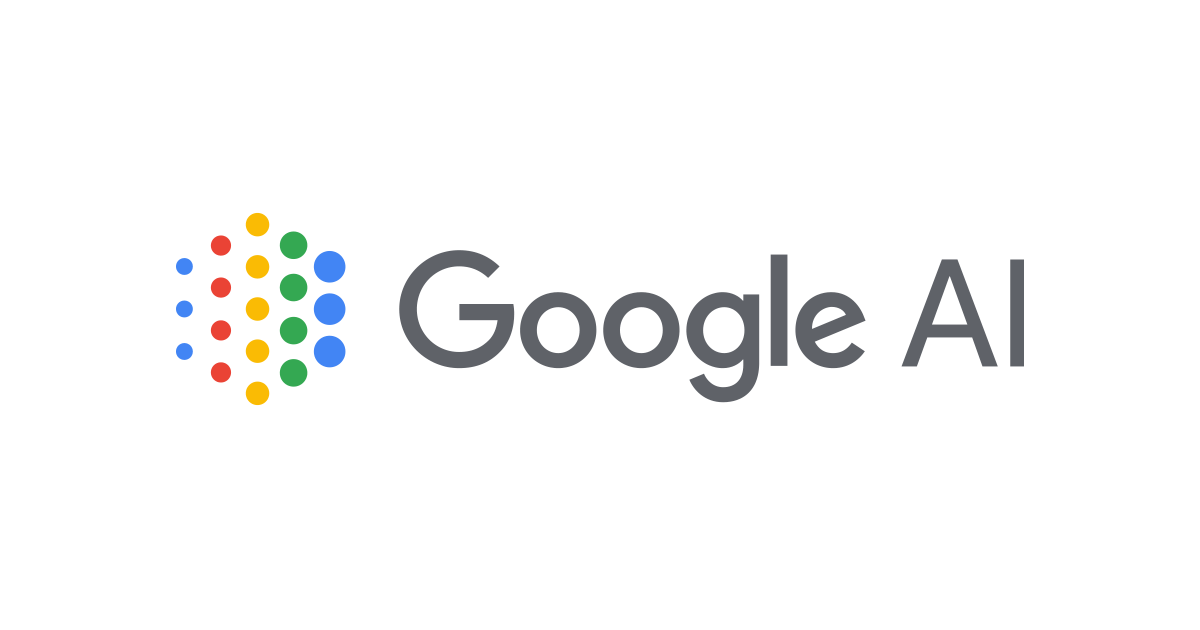
Google AI Mode User Statistics
Google AI Mode currently has over 100 million monthly active users in the U.S. and India. This conversational search experience launched in May 2025 and has experienced rapid adoption since its rollout. The service is powered by Google's advanced Gemini 2.5 Pro model and offers users the ability to ask complex, multi-part questions in a chat-like interface.
More broadly, Google's AI ecosystem is experiencing massive growth, with AI Overviews reaching 2 billion monthly users across 200+ countries and territories. Google's Gemini app itself has grown to 450 million monthly active users, with daily requests growing over 50% from Q1 2025.
Chrome AI Integration and Features
Google is implementing what it calls the "biggest upgrade to Chrome in its history" by integrating Gemini AI directly into the browser. The key new features include:
- AI Mode in the Address Bar: Users can now access AI Mode directly from Chrome's omnibox (address bar), allowing complex searches without leaving the current page.
- Gemini Assistant Integration: A new Gemini button provides a side panel where users can ask questions about content across open tabs.
- Enhanced Security: Chrome now uses Gemini Nano to block scams more effectively, reducing spammy notifications by about 3 billion per day on Android devices.
- Agentic Browsing: Google is rolling out autonomous browsing capabilities where AI agents can complete multi-step tasks like booking appointments or making purchases, pending user approval.
Significance for Advertising and Data Collection
Enhanced Data Collection Through AI Processing
The AI integration transforms Chrome from a passive browser into an active data intelligence system. Key developments include:
- Conversational Data Mining: As users interact with AI Mode through natural language queries, Google captures detailed intent data that reveals purchasing motivations, pain points, and decision-making criteria that traditional search queries never exposed.
- Cross-Tab Context Analysis: Chrome's AI can now synthesize information across multiple tabs and browsing sessions to build comprehensive user profiles, understanding complex purchasing journeys that span weeks or months.
- Real-Time Behavioral Analysis: The AI processes user interactions continuously, identifying patterns in hesitation, engagement, and conversion likelihood that can immediately inform ad targeting decisions.
Revolutionary Advertising Targeting Capabilities
Google's AI integration enables conversation-based targeting rather than keyword-based advertising, fundamentally changing how ads are served. Instead of bidding on specific search terms, advertisers can now target users based on the context of entire AI conversations and browsing sessions.
- Contextual Intelligence: AI Mode analyzes the full context of user-AI interactions to determine advertising relevance. A user discussing vacation planning might see ads for hotels, restaurants, and activities—even if they never explicitly searched for these terms.
- Predictive Intent Modeling: The AI can predict user needs before they're explicitly expressed. If someone is researching home improvement topics across multiple sessions, the system can anticipate related purchasing needs and serve relevant ads proactively.
- Enhanced Performance Max Integration: Google's automated advertising campaigns now leverage AI browsing data to improve targeting precision, with advertisers using Gemini-powered tools showing 63% higher campaign strength ratings.
Revenue Impact and Monetization Strategy
The AI integration supports Google's $237.86 billion advertising business by creating new revenue streams and improving existing ones:
- Premium AI-Driven Targeting: Advertisers pay premium rates for AI-enhanced targeting capabilities that offer superior conversion rates compared to traditional methods.
- Extended User Engagement: AI features keep users in Google's ecosystem longer, providing more opportunities for ad exposure and data collection.
- Cross-Platform Monetization: Chrome AI integrates with YouTube, Maps, Calendar, and other Google services, creating comprehensive user profiles that command higher advertising prices.
Competitive Advantages and Market Consolidation
The AI integration creates significant competitive moats that strengthen Google's advertising dominance:
- Data Network Effects: As more users interact with Chrome's AI, the system becomes more accurate at predicting user behavior, making Google's ad targeting increasingly superior to competitors.
- Platform Lock-In Protection: By embedding AI deeply into Chrome, Google makes it harder for users to switch browsers, protecting its primary data collection channel from competitors like Microsoft Edge or emerging AI-first browsers.
- Advertiser Dependency: The superior targeting capabilities create advertiser dependency on Google's ecosystem, as campaigns using traditional targeting methods become less effective by comparison.
Privacy Paradox and Regulatory Implications
While Google promotes Privacy Sandbox as privacy-enhancing, the AI integration actually enables more sophisticated user profiling:
- On-Device Processing Advantage: Privacy Sandbox's on-device processing allows Google to analyze user behavior locally before sending targeting signals to advertisers, giving Google exclusive access to the raw behavioral data while providing competitors only processed insights.
- Market Control Consolidation: Industry testing shows that Privacy Sandbox implementation led to Google Ad Manager capturing 360% more market share (from 23% to 83%) as publishers became more dependent on Google's advertising tools.
- Revenue Protection: While Privacy Sandbox caused a 30% drop in ad revenue for Chrome users without cookies, Google's integrated AI targeting partially compensates for these losses while maintaining Google's competitive advantage.
Technical Infrastructure and Implementation
Google has invested heavily in the technical infrastructure needed to support AI-driven advertising at Chrome's scale:
- Real-Time Processing: Chrome's AI features process user interactions continuously, enabling immediate ad targeting adjustments based on current user context.
- Cross-Device Synchronization: Chrome Sync ensures that AI-gathered insights follow users across devices, creating comprehensive profiles that inform advertising across smartphones, tablets, and desktops.
- API Integration: The Privacy Sandbox APIs (Topics, Protected Audience, Attribution Reporting) work in conjunction with AI features to enable privacy-compliant yet highly effective ad targeting.
Future Implications for Digital Advertising
The Chrome AI integration signals a fundamental shift toward agentic advertising where AI systems will eventually complete transactions on behalf of users. Google is already testing features where AI can call businesses to check pricing and availability, suggesting a future where advertising becomes transactional rather than merely promotional.
- Automated Purchase Decisions: As Chrome's AI becomes more sophisticated, it may begin making purchasing recommendations or even completing transactions with minimal user input, fundamentally changing the advertiser-consumer relationship.
- Conversational Commerce: The integration of AI into browsing creates opportunities for conversational commerce where ads become part of ongoing AI-human dialogue rather than interruptions to content consumption.
- Market Transformation: Traditional advertising metrics like click-through rates may become obsolete as AI-mediated interactions create new forms of user engagement and conversion tracking.
Strategic Response Requirements
For advertisers and competitors, Google's AI integration into Chrome represents both an opportunity and an existential challenge. The enhanced targeting capabilities offer improved campaign performance, but the increased dependence on Google's ecosystem raises long-term strategic concerns about market concentration and competitive positioning.
The integration represents Google's most significant advertising platform evolution since the introduction of AdWords, creating new capabilities that will likely define digital advertising for the next decade. Companies that fail to adapt to this AI-driven advertising environment risk being left behind as Google's targeting precision continues to improve through machine learning and expanded data collection.
This transformation from a browser company to an AI-powered advertising intelligence platform positions Google to maintain its advertising dominance even as privacy regulations and competitive pressures continue to evolve. The AI integration ensures that Chrome remains not just a gateway to the internet, but Google's most valuable asset for understanding and monetizing human attention online.

User Growth Predictions
Industry analysts expect Google AI Mode's user base to grow rapidly from its current 100 million users. Google's broader AI ecosystem shows the potential for explosive growth - AI Overviews expanded from 1.5 billion to 2 billion users in just two months. Amazing when we remember our first internet days.
The global AI search market is projected to grow from $43.63 billion in 2025 to $108.88 billion by 2032, representing a 14% compound annual growth rate. Google's dominant browser position (approximately 70% market share) provides a significant distribution advantage for reaching hundreds of millions or potentially billions of users.
Google's Leading Technologies
Google continues to advance multiple cutting-edge technologies:
- Quantum Computing: Google recently announced its Willow quantum chip, which overcomes significant error rate problems and brings quantum computing closer to commercial reality.
- Waymo Autonomous Vehicles: Google's Waymo division continues to lead in autonomous vehicle technology, providing over 250,000 weekly rides and expanding to new cities in 2025.
- Veo Video Generation: Google's Veo 3 AI video model has generated over 70 million videos since May 2025, offering high-quality video creation from text prompts with synchronized audio.
- Nano Banana (Gemini 2.5 Flash Image): This AI image editing tool allows real-time photo manipulation through natural language prompts, integrated into Gemini and Google AI Studio.
Google has indeed implemented a multi-platform marketing strategy for its AI products. The company uses various Google-branded social media accounts and platforms to cross-promote different AI products and increase visibility. This includes dedicated accounts for different AI tools and services, allowing for targeted messaging while leveraging Google's overall brand recognition.
Competitive Positioning and Free Offerings
Google's strategy of offering AI products for free, even at significant operational costs, is supported by the massive advertising revenue these tools can generate. By providing free access to advanced AI capabilities, Google can:
-
Gather more user data to improve ad targeting
-
Maintain dominance in search and related markets
-
Compete effectively with paid AI services from competitors
-
Create network effects that make users more dependent on Google's ecosystem
The integration of AI into Chrome represents Google's commitment to maintaining its position as the primary gateway to the internet, now enhanced with artificial intelligence capabilities that promise to transform how users interact with web content and services.

How Google AI Changes Business Search?
Google AI Mode represents the most significant shift in business search behavior since the introduction of local search itself. This conversational AI-powered search experience is fundamentally changing how customers discover, research, and connect with businesses, creating both unprecedented opportunities and challenges for local enterprises.
The Shift from Traditional to Conversational Search
Google AI Mode transforms business search from a keyword-based listing system to a conversational discovery experience. Instead of typing "plumbers near me" and scrolling through map results, users now engage in natural dialogue: "I need a reliable plumber who can fix a burst pipe this evening and has good reviews". The AI then provides specific business recommendations with detailed explanations based on real-time data from Google's local business database.
This conversational approach is driving dramatic changes in search behavior. Queries are becoming 2-3 times longer than traditional searches, with users asking more complex, nuanced questions. Over 47% of consumers now use generative AI weekly for product discovery, and Google reports that over 60% of shopping queries focus on broad search intent rather than specific brand names.
Impact on Business Discovery and Visibility
The most significant change for businesses is how AI Mode prioritizes and presents local recommendations. Unlike traditional search results that rely heavily on location proximity and SEO factors, AI Mode heavily emphasizes review quality and customer sentiment. Research shows that AI Mode "almost exclusively lists restaurants that have the best reviews (4.2+)" while traditional search might rank a 3.5-star business higher.
Review Quality Becomes Critical: AI Mode consistently mentions reviews when recommending businesses, with the large language model appearing to analyze Google Business Profile data and heavily weighting customer feedback. This makes maintaining high-quality reviews more important than ever for business visibility.
Location Relevance Challenges: AI Mode sometimes recommends businesses up to 5 miles away, compared to Google Maps' average of 0.3 miles. This suggests the AI prioritizes overall business quality and relevance over strict geographical proximity.
Changes in Customer Journey and Expectations
AI Mode is creating a more streamlined but fundamentally different customer journey. Customers now expect comprehensive answers immediately, changing how they interact with local search results. Instead of clicking through multiple business websites to compare services, customers receive synthesized information that helps them make quicker decisions.
Research indicates this leads to a 34.5% drop in click-through rates for top-ranking pages when AI Overviews appear. Customers are more likely to contact businesses directly or visit physically based on AI-provided information rather than exploring individual websites.
Types of Queries Driving AI Mode Adoption
The impact varies significantly by search intent:
Informational Queries: AI Overviews appear in 97% of hybrid-intent queries that combine information seeking with transactional intent, such as "cost of hiring a personal injury lawyer in Houston". This represents Google's confidence in AI as an appropriate guide when money is involved.
Traditional Local Queries: While local pack results still dominate 90%+ of basic location searches like "primary care clinic Phoenix," AI Overviews have made a 15% inroad into this traditional territory.
Commercial Intent: Google reports that commercial queries are increasing year-over-year, with AI-powered search driving over 10% more usage for query types that show AI Overviews.
Integration with Google's Advertising Ecosystem
Google is testing and expanding advertising within AI Mode responses, creating new opportunities for businesses to connect with customers. When relevant, ads may appear integrated into AI Mode responses, such as website builder ads appearing when someone asks about creating a small business website. The company emphasizes that people find ads within AI Overviews helpful because they can quickly connect with relevant businesses at the exact moment they need them. This integration means businesses using Performance Max, Shopping, and Search campaigns will be eligible to appear in AI Mode results.
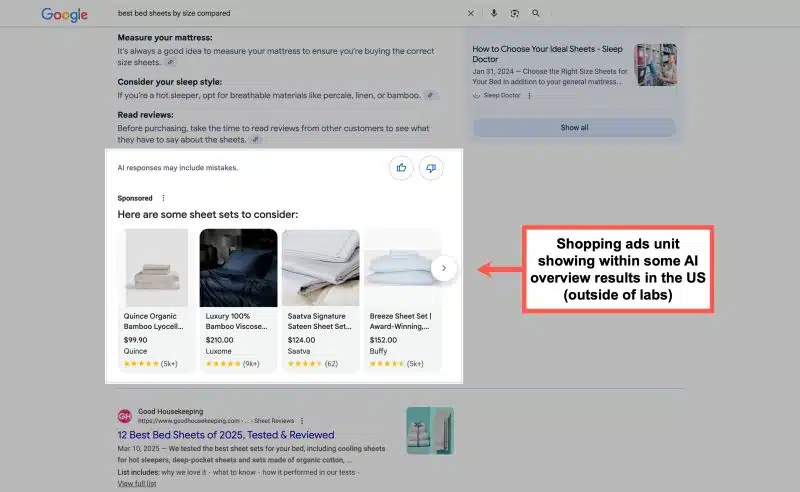
Shopping advertisements are now appearing directly within Google's AI Overviews on desktop search, marking a major expansion of monetization within generative search experiences that will fundamentally impact how digital marketing agencies approach search advertising strategies.
Ads in AI Overviews mark a pivotal shift in search monetization, one that blends paid content into the core of Google's AI search experience. This evolution requires digital marketing agencies to fundamentally reconsider their approach to search advertising, moving from traditional keyword targeting to contextual, conversation-based strategies that align with AI-driven user interactions.
The agencies that adapt quickly to this new reality will position themselves and their clients for success in an increasingly AI-dominated search landscape, while those that delay risk falling behind as Google's AI search experience becomes the new standard for user behavior online.
Requirements for Google AI Mode Success
To succeed in this new environment, businesses must adapt their digital presence:
- E-E-A-T Optimization: Businesses must demonstrate Experience, Expertise, Authoritativeness, and Trustworthiness through detailed project portfolios, staff qualifications, industry recognition, and transparent contact information.
- Structured Data and Schema Markup: AI systems rely heavily on structured data to understand business information, making proper schema implementation crucial for visibility.
- Conversational Content: Businesses need content optimized for natural language queries and FAQ-style answers rather than traditional keyword-focused copy.
- Comprehensive Online Presence: Success requires consistent information across Google Business Profile, reviews platforms, and social media, as AI systems synthesize data from multiple sources.
Future Implications for Business Marketing
The shift to AI Mode represents a transition toward agentic search, where AI agents will eventually complete tasks on behalf of users, including booking appointments and requesting quotes. Google has already introduced features allowing AI to call multiple service providers to check pricing and availability.
This evolution means businesses must prepare for:
- Direct AI-to-business interactions rather than just human-to-business contact
- Reduced control over brand messaging as AI synthesizes and presents business information
- Increased importance of reputation management across all digital touchpoints
- Need for AI-readable business infrastructure that supports automated interactions
Strategic Recommendations
Businesses should immediately focus on:
1. Review Management: Prioritize maintaining high-quality reviews (4.2+ stars) as this becomes the primary ranking factor in AI Mode
2. Conversational Content Strategy: Create content that answers natural language questions customers might ask about your services
3. Technical Optimization: Implement comprehensive schema markup and ensure all business information is structured and consistent
4. Multi-Platform Presence: Optimize for visibility across traditional search, AI Overviews, and emerging AI platforms like ChatGPT
Google AI Mode represents more than a search feature update—it's a fundamental shift toward intelligent, conversational business discovery that will only accelerate as AI becomes the default search interface. Businesses that adapt their digital presence for this new reality will gain significant competitive advantages, while those that don't risk becoming invisible in an AI-driven search landscape.
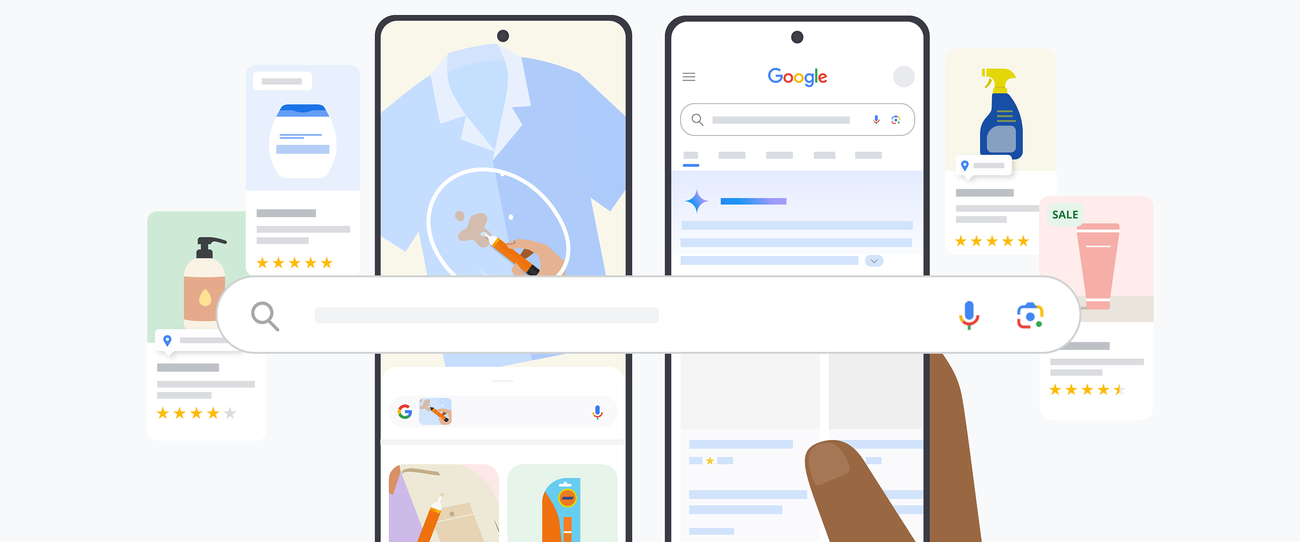
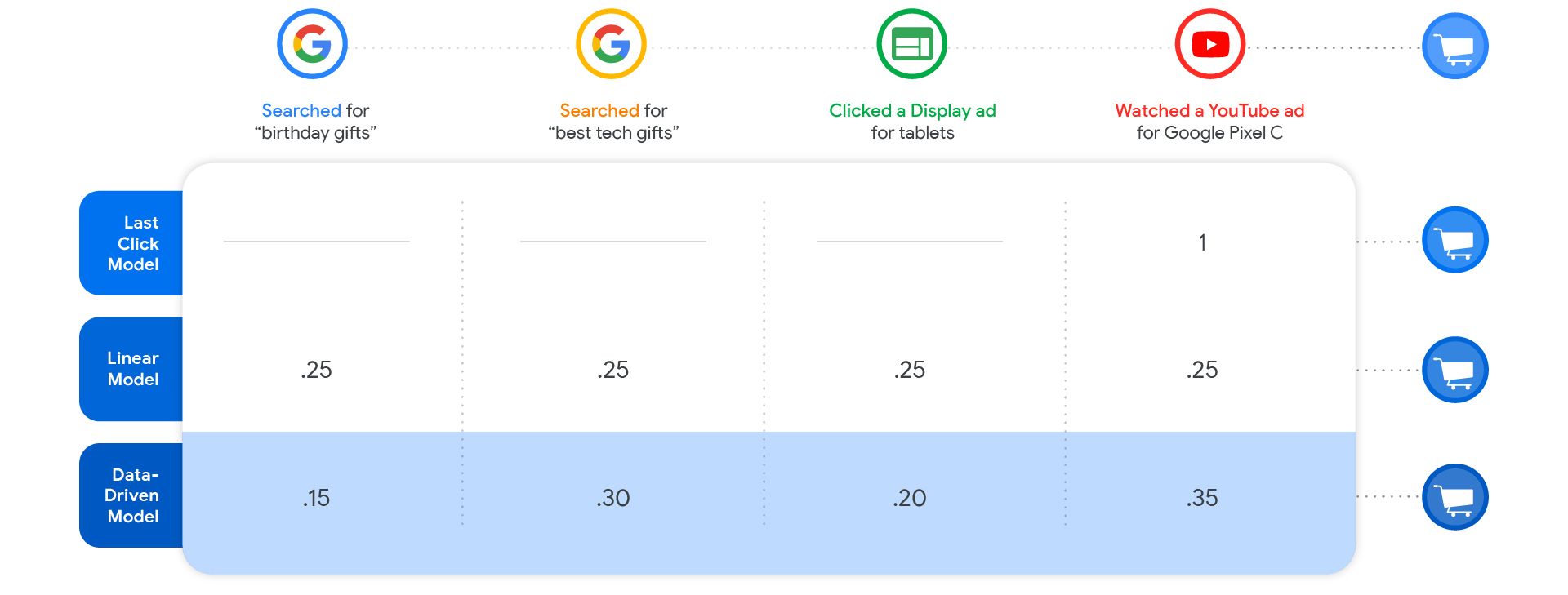

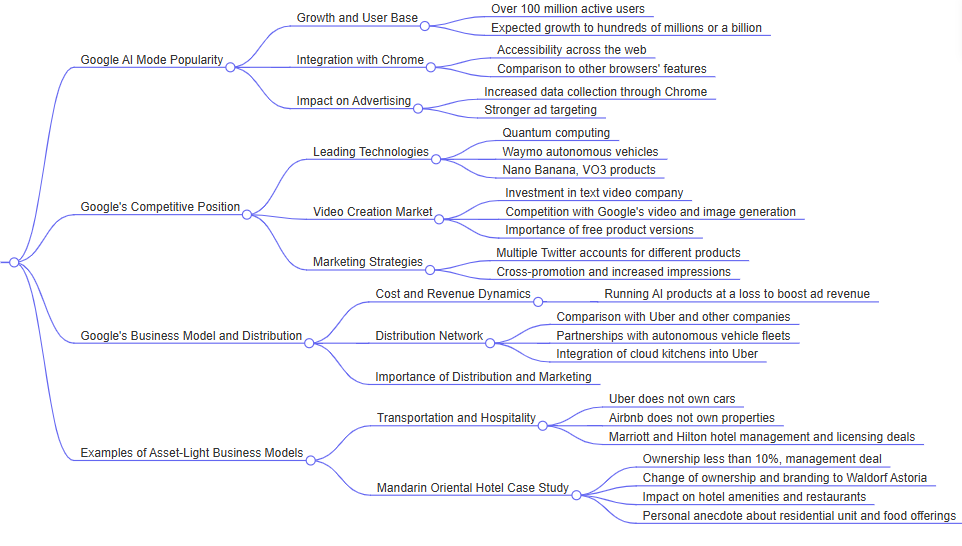




Add comment ×